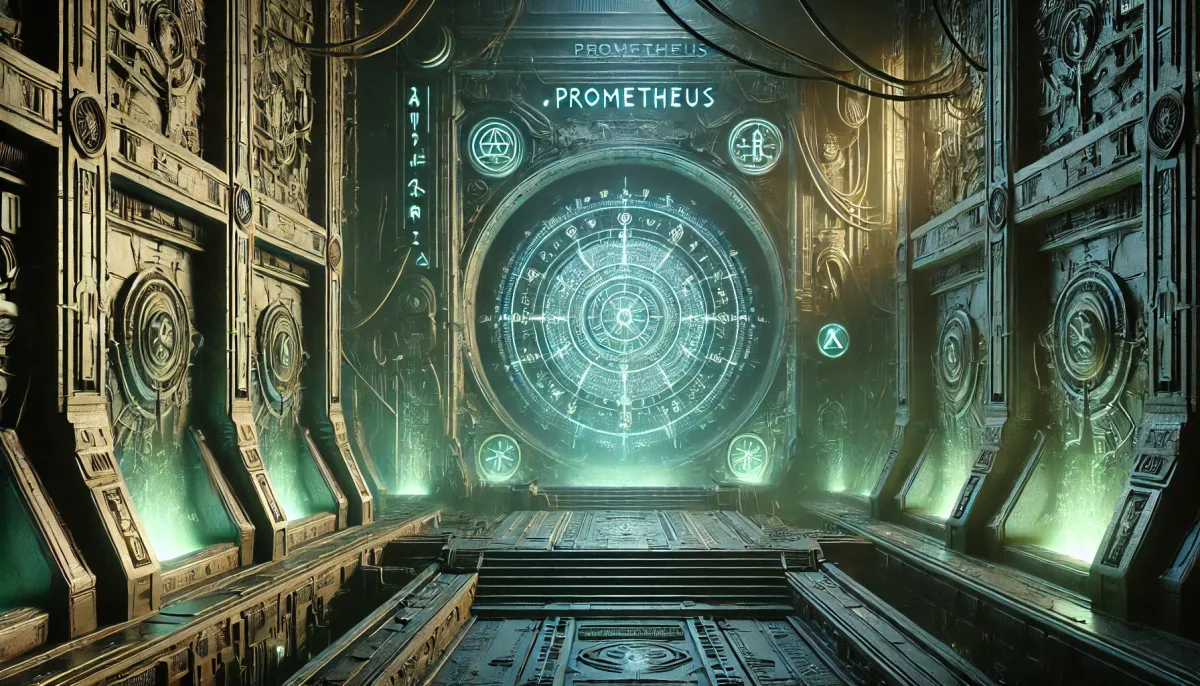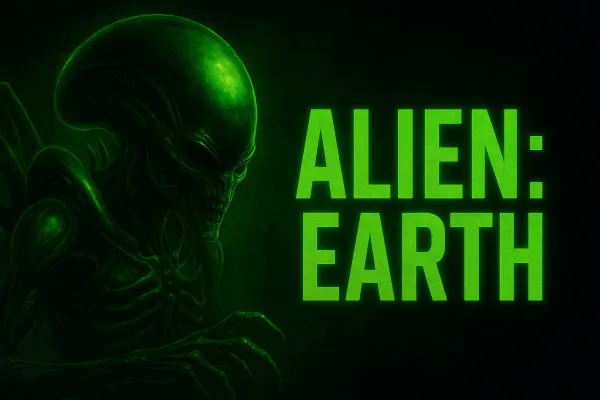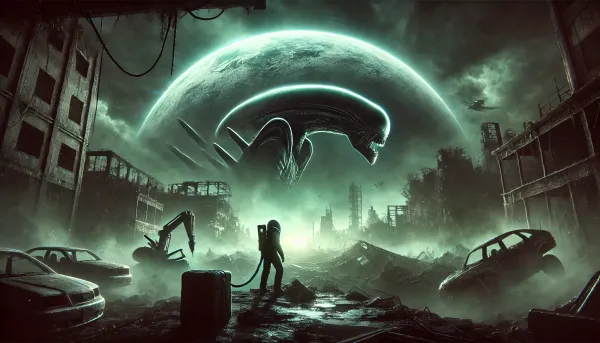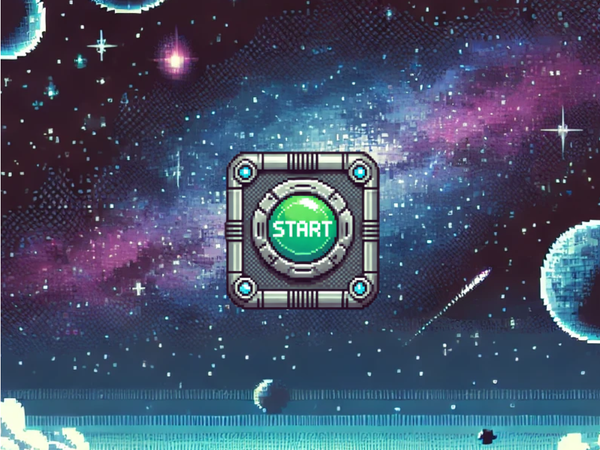Hidden Details and Easter Eggs in Prometheus

Let’s face it: Ridley Scott’s Prometheus is one of those movies you can watch over and over again, and every time, you’ll notice something new. From subtle nods to the original Alien to intriguing hints about the Engineers and their dark secrets, this film is packed with details that make it a treasure trove for sci-fi fans.
If you’ve ever found yourself rewinding a scene or squinting at the background of a shot, this deep dive is for you. Let’s uncover the hidden details and Easter eggs in Prometheus that you might have missed.
1. The Star Map and Ancient Civilizations
Right from the start, Prometheus teases us with its big ideas. Shaw and Holloway discover similar star maps in cave paintings and ancient artifacts from different civilizations, including Mesopotamian, Egyptian, and Mayan cultures. This implies that the Engineers influenced human civilizations throughout history, leaving their "invitation" as breadcrumbs.
But here’s the kicker: the star map is eerily similar to real astronomical alignments, sparking debates about whether these scenes hint at the infamous "ancient astronaut" theory. It’s a subtle but clever way to tie the movie’s fictional narrative to real-world mysteries.
2. The Engineer’s Opening Sacrifice
The film’s opening scene is hauntingly beautiful—an Engineer sacrifices himself by drinking the black goo, disintegrating into DNA that seeds life on Earth. On the surface, this seems like a straightforward act of creation, but here’s where it gets interesting:
- The black goo’s duality: The same substance that creates life also destroys it. This sets up the film’s central theme: creation and destruction are two sides of the same coin.
- Parallels to mythology: Many fans point out that the Engineer’s self-sacrifice mirrors mythological stories, like Prometheus bringing fire to humanity or Odin sacrificing himself for knowledge. These parallels deepen the film’s philosophical undertones.
3. The Hidden Xenomorph Mural
When the crew explores the Engineers’ temple, they find a chamber filled with strange artifacts and a mural on the wall. Look closely, and you’ll spot a familiar shape: a creature resembling a Xenomorph. This isn’t just fan service; it’s a hint that the Engineers already knew about (or possibly created) the Xenomorphs.
The mural raises a ton of questions:
- Were the Xenomorphs a deliberate creation, or an accidental byproduct of the black goo?
- If the Engineers knew about the Xenomorphs, why did they design such a dangerous creature?
These questions aren’t fully answered in Prometheus, but they lay the groundwork for Alien: Covenant and fuel endless fan theories.
4. David’s Fascination with Lawrence of Arabia
Michael Fassbender’s performance as David is one of the highlights of Prometheus. From his meticulous mannerisms to his unsettling curiosity, David steals every scene he’s in. But did you catch his nod to Lawrence of Arabia?
David models his appearance and behavior after Peter O’Toole’s character in the classic film. He even quotes lines from it, like, “The trick, William Potter, is not minding that it hurts.” This connection isn’t just a fun detail; it reflects David’s longing to emulate humanity while also distancing himself from it. Like Lawrence, David is a character caught between two worlds—humanity and something far beyond it.
5. Weyland’s Agenda
If you thought Peter Weyland’s appearance was just a plot device, think again. There are layers to his character, and they’re tied to the broader Alien lore:
- The Weyland Corporation: Fans of the franchise know this corporation as the shadowy entity responsible for all sorts of unethical experiments and decisions in the Alien films. Weyland’s desperation for immortality in Prometheus foreshadows the company’s obsession with exploiting Xenomorphs for profit.
- Connections to Ash: David’s cold, calculating demeanor is reminiscent of Ash, the android from Alien. Both characters highlight Weyland’s tendency to create artificial life that mirrors their own hubris.
6. The Engineer’s Control Room
Remember the iconic "Space Jockey" from the original Alien? In Prometheus, we finally get a look at the control room where the Engineers operate their ships. The design is a direct callback to the Alien scene, complete with the eerie, biomechanical aesthetic H.R. Giger is famous for.
But there’s more than just visual continuity here. The setup suggests that the Engineers’ ships are designed for a specific purpose—transporting the black goo. The fact that the Engineer in Prometheus tries to use the ship to launch an attack on Earth ties the two films together, hinting at the apocalyptic potential of their technology.
7. Shaw’s Faith
Elizabeth Shaw’s cross necklace is more than just a character detail; it’s a recurring symbol in the film. Her faith drives her to seek answers about humanity’s origins, even when the truth turns out to be horrifying.
Interestingly, the Engineers’ temple also has religious overtones. The statues and murals give off a sacred vibe, suggesting that the Engineers themselves might have their own belief systems. This parallel raises an intriguing question: what happens when faith and science collide? Prometheus doesn’t give a clear answer, but it leaves plenty for us to ponder.
8. The Deacon’s Birth
The final scene of Prometheus is unforgettable: a creature, dubbed the "Deacon" by fans, bursts from the Engineer’s chest. While it’s not quite a Xenomorph, it’s definitely a precursor, with its elongated head and razor-sharp teeth.
What makes this moment so significant?
- Evolution of the Xenomorphs: The Deacon represents an early stage in the development of the Xenomorph species, tying Prometheus to the broader Alien franchise.
- The Black Goo’s Role: This scene emphasizes how the black goo’s interactions with different organisms produce wildly different results, adding to the mystery of its purpose.
9. Subtle H.R. Giger Tributes
H.R. Giger’s influence on the Alien franchise is legendary, and Prometheus pays homage to his iconic style in several ways:
- Biomechanical Design: The Engineers’ ship, their suits, and even the black goo containers all have that unmistakable Giger aesthetic.
- Creature Designs: From the hammerpede to the Deacon, the creatures in Prometheus feel like they’ve stepped out of Giger’s nightmares.
These visual nods help bridge the gap between Prometheus and the original Alien while celebrating the artist who brought this universe to life.
10. The Opening Credits
Here’s a detail that’s easy to overlook: the opening credits of Prometheus are a direct homage to Alien. The slow, deliberate reveal of the title mimics the iconic title sequence of the original film, immediately signaling to fans that this movie is part of the same universe.
Final Thoughts
Prometheus is a film that rewards careful attention and repeat viewings. Its hidden details and Easter eggs aren’t just there for fan service; they add depth to the story and connect it to the larger Alien mythology. Whether it’s the Xenomorph mural, David’s Lawrence of Arabia obsession, or the eerie design of the Engineers’ technology, every element of this film invites you to dig deeper.
So, next time you watch Prometheus, keep your eyes peeled for these details—and maybe you’ll spot something new. What’s your favorite hidden detail or Easter egg from the film? Let’s discuss in the comments below!
Stay tuned for more explorations of the Alien franchise, from the origins of the Xenomorphs to the sinister machinations of Weyland-Yutani. If you’re as fascinated by this universe as we are, you won’t want to miss it!




